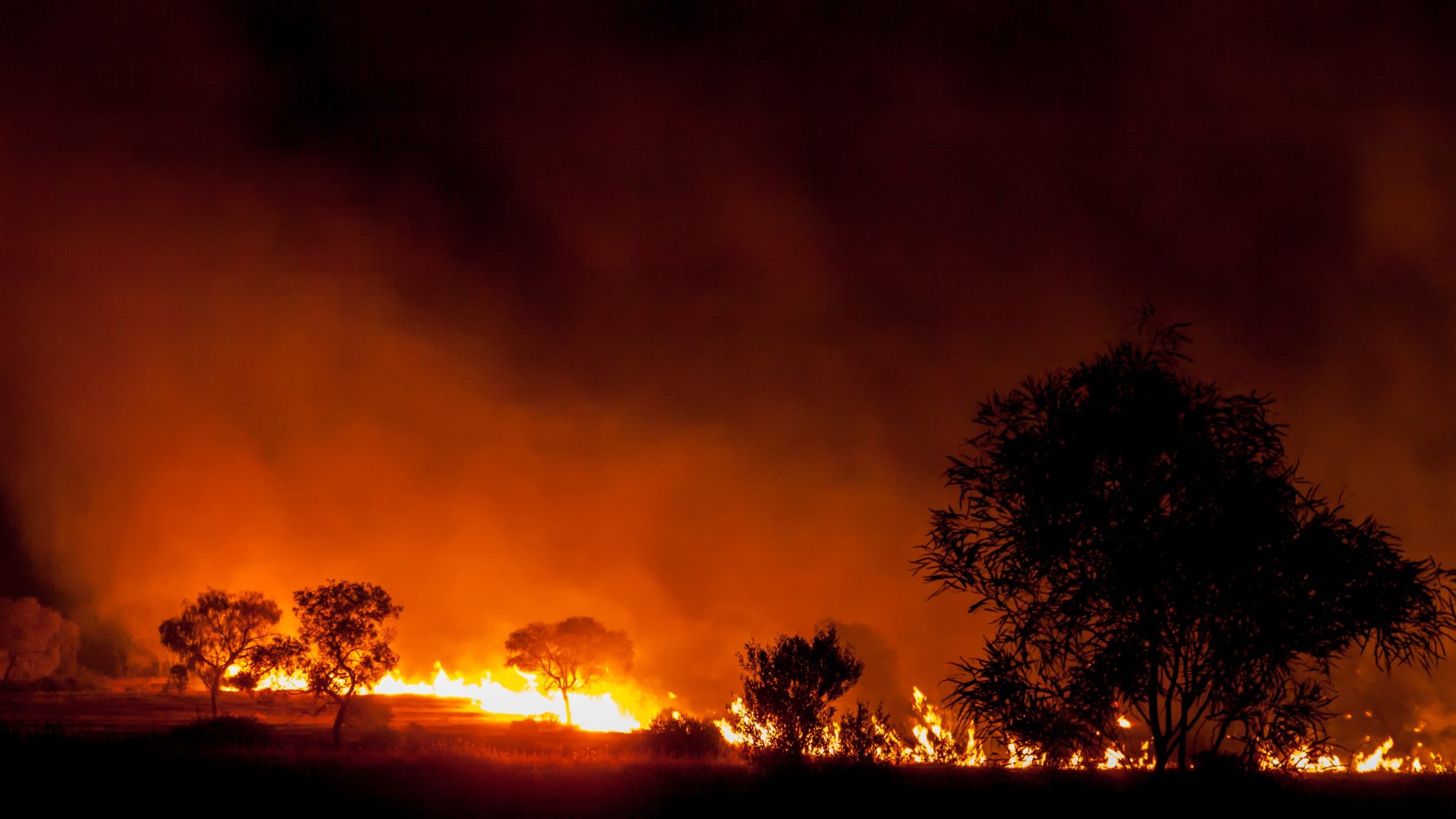By Rob Atkinson | Senior Project Manager

Quelling the skeptics, in 2019 the world got an apocalyptic preview of things to come from global warming—environmental conditions accelerated devastating fires in Indonesia, Brazil, and Australia, causing profound human tragedy, incalculable ecological damage, and the decimation of vulnerable species, as rising sea levels and unprecedented rainfall drove record-breaking floods in the US and Europe.
Yet positive initiatives were developing in London, although region-specific. Understanding global warming, and more importantly, anticipating its effects, the UK Architects Declare initiative proclaimed a state of emergency in May 2019, taking aim at the architect profession with an 11-point call-to-action and leadership. Authored by 17 Stirling Prize winners (the Royal Institute of British Architects’ prize for excellence in architecture), the initiative thus far has attracted almost 900 signatories (several with practices active across EMEA), including IA Interior Architects, with more anticipated.

Architects and engineers in the United Kingdom are under more pressure than ever to meet government-, industry- and self-imposed sustainability goals. Pictured above: the HPI offices in London, designed by IA Interior Architects. Photography © Riiko-Andre Nuud.
Empty words? No so, because the UK government has set legally-binding targets for carbon emissions reductions to achieve net-zero by 2050, requiring an aggressive industry transition for design and construction. Together, they are responsible for 39 percent of all carbon emissions worldwide. Statistics for the UK alone are slightly worse with construction accounting for 47 percent of carbon emissions, in addition to 50 percent of carbon emissions for all mined raw material, and 60 percent of all waste.
Yet for some net-zero by 2050 is not good enough, and there is push back against those targets that seem cosmetically greenwashed. With that in mind, January of this year saw the launch of a Climate Emergency Guide for Design Professionals by the London Energy Transformation Initiative (LETI). Founded in 2017, LETI is a voluntary network of over 1,000 built-environment professionals (developers, engineers, architects and designers, planners, sustainability professionals, contractors, and other specialists) with its sights set on a zero-carbon London.
Frustrated with the city’s energy policy, LETI works collaboratively to develop evidence-based, long-term sustainable solutions to the climate crisis and to define what professionals can do about it. Specifically addressed to built-environment professionals, the guide sets clear and achievable targets to help the building industry deliver net-zero-carbon new buildings by 2030, 20 years ahead of the UK’s timeline. What makes this exciting is that although the launch is in London, the guide’s targets are scalable and can be reproduced in almost every city where IA operates. Among members of the Chartered Institution of Building Services Engineers (CIBSE), UK Green Building Council (UKGBC), and the Royal Institute of British Architects (RIBA), the guide has broad support. In addition, the RIBA has developed a 2030 Climate Challenge to help architects meet net-zero carbon emissions for new and retrofitted buildings by 2030.
Right now, in London, there is a real convergence in technology, construction methodology, and user consideration among architects, developers, and contractors, along with a growth in understanding and an appetite for zero-carbon construction.
IA in London is committed to these initiatives and their imperative for action. If the UK can achieve its interim targets between 2020 and 2030 and net-zero by 2050, or even better by 2030, and other nations follow suit, the planet has a 50-50 chance of avoiding a 2ºC increase in global temperature. The stakes for our industry and the earth depend on our actions and have never been higher.
What specific actions does the LETI guide define for achieving net-zero magic, you might ask? Soon to be posted, we’ll provide a perspective and particulars you’ll want to know.

